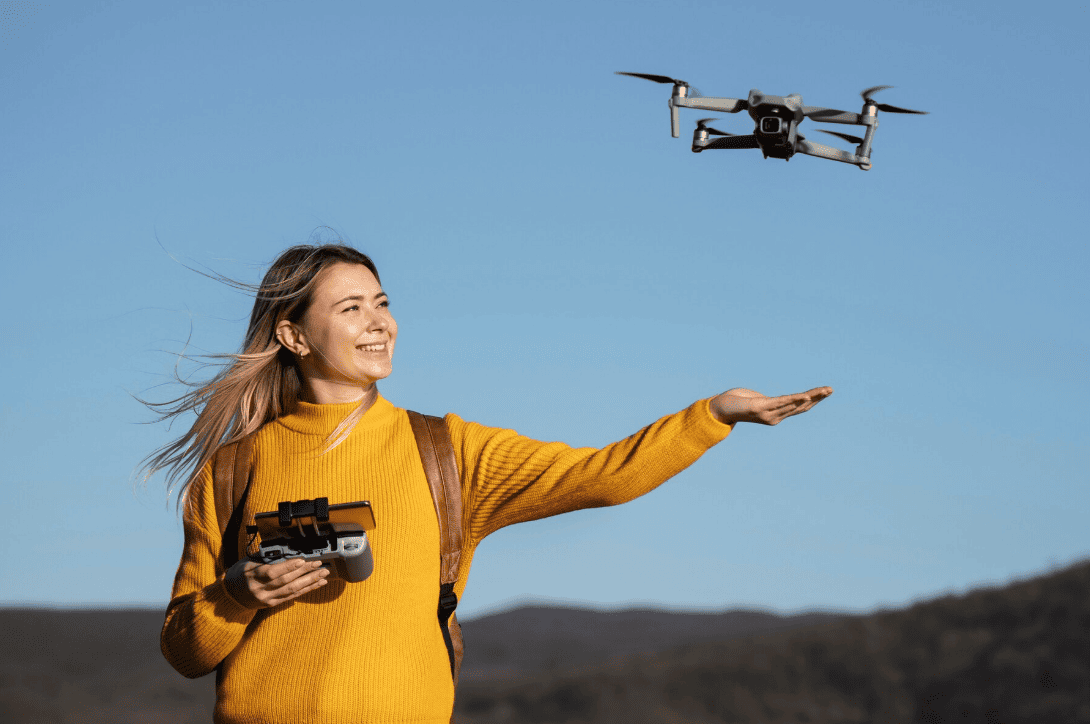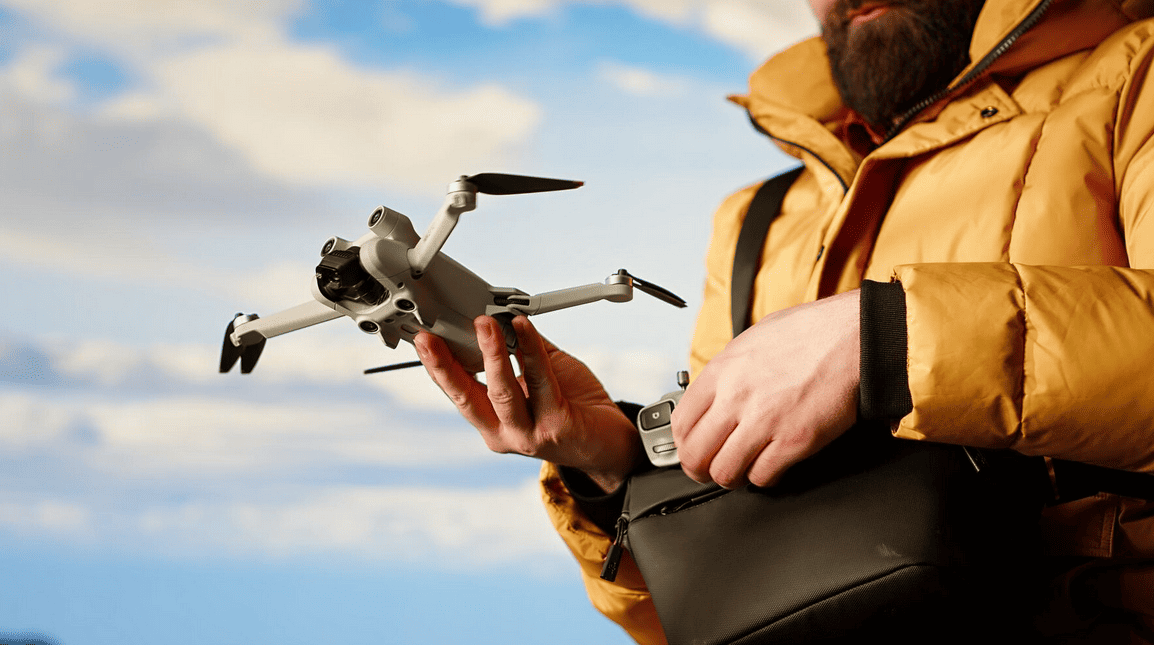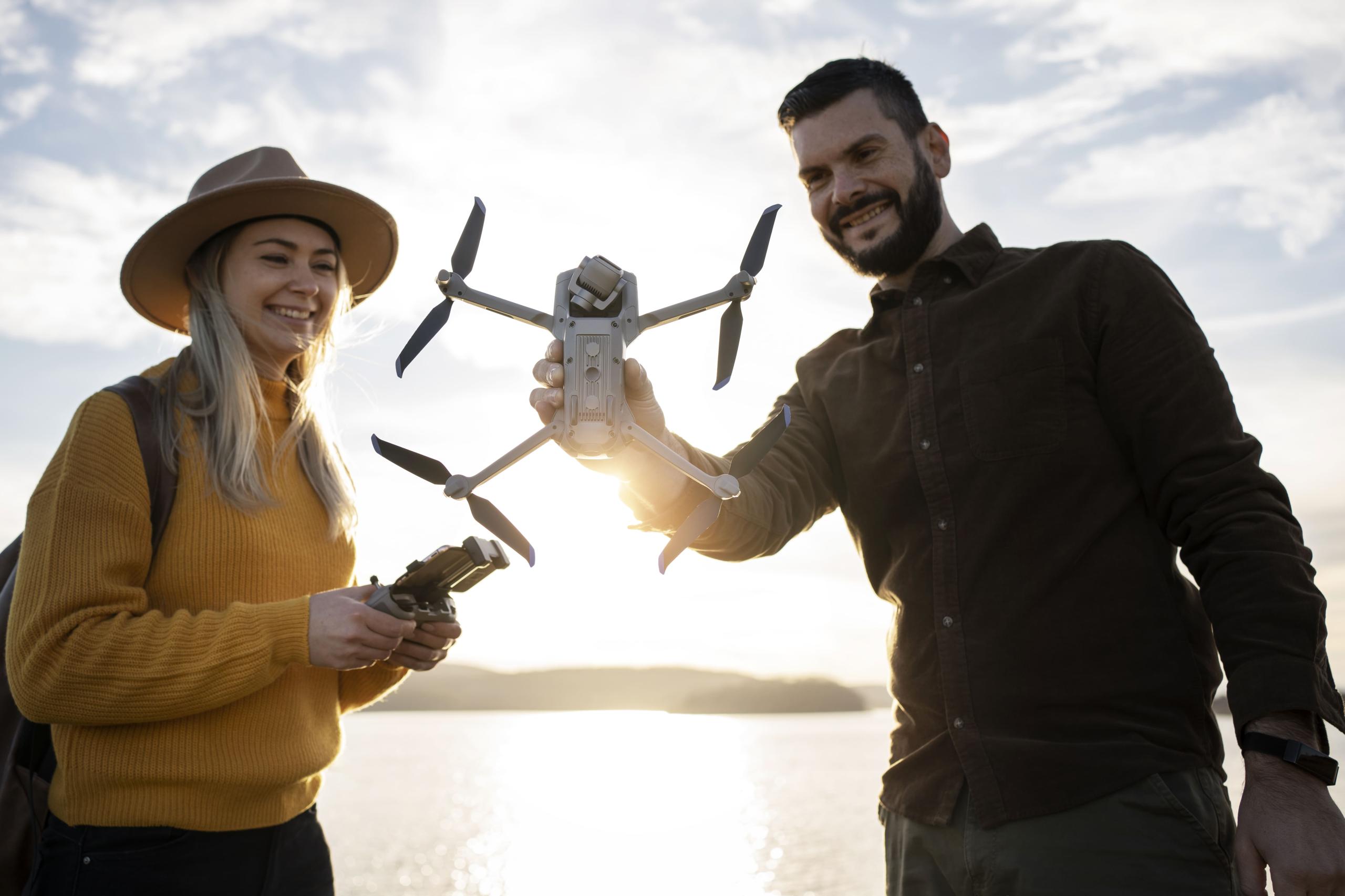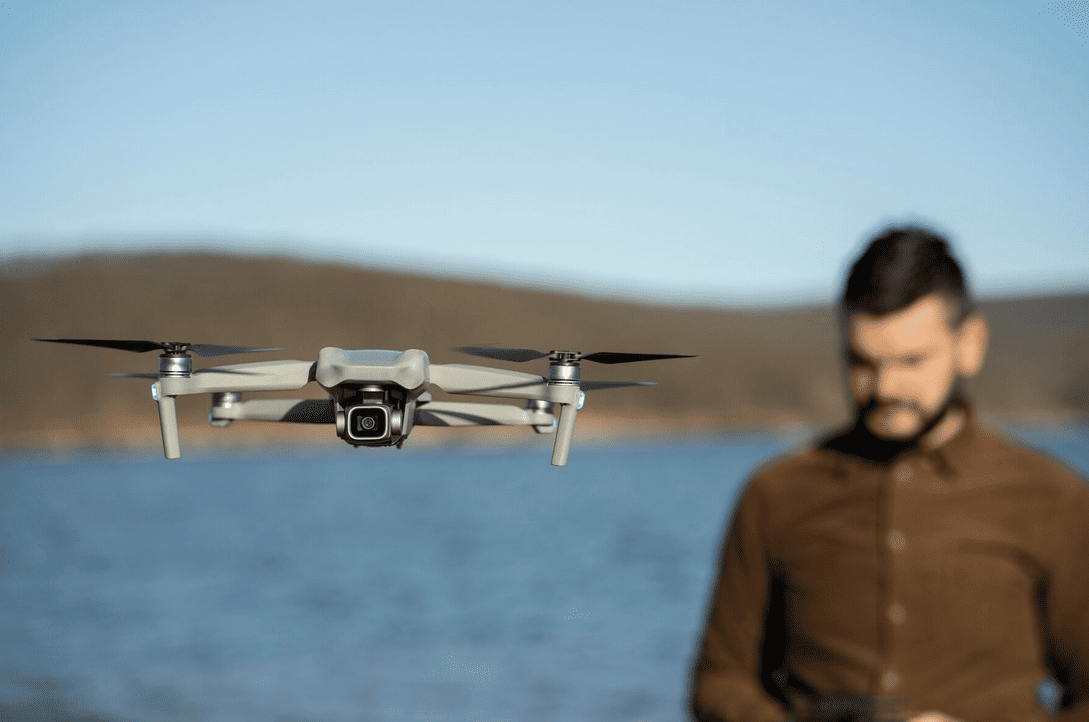
Why Part 107 Certification Matters
As drones continue to evolve and become more common in industries such as construction, agriculture, film, and public safety, the FAA needed a way to ensure that commercial drone pilots operate safely and responsibly in national airspace. That’s where Part 107 comes in.
The regulation ensures that commercial drone operators have the knowledge to understand airspace classifications, weather conditions, emergency procedures, and operating limitations. By requiring pilots to pass a formal aeronautical knowledge test, the FAA improves public safety and prevents conflicts with manned aircraft operations.
Without this certification, flying drones for any paid or contracted work is not just risky—it’s illegal and can result in hefty fines.
What is FAA Part 107?
FAA Part 107 is the foundational regulation that governs the commercial use of small unmanned aircraft systems (sUAS)—commonly known as drones—in the United States. It was introduced by the Federal Aviation Administration (FAA) to provide a standardized framework for drone operations conducted for non-recreational or profit-making purposes. If you plan to fly a drone for any kind of business—whether it's aerial photography, real estate mapping, crop monitoring, or infrastructure inspection—you must be certified under Part 107.

Key Components of Part 107
Here are the essentials you need to know:
Applies to drones under 55 lbs
Knowledge test required
Certification validity
Age and language requirements
Who Needs Part 107 Certification?
Anyone operating a drone for commercial gain or in support of a business or government activity needs to be certified under Part 107. This includes:
- Real estate agents using drones for property listings
- Event videographers and photographers
- Surveyors and construction site inspectors
- Utility companies conducting infrastructure checks
- Farmers monitoring crops
- Media professionals gathering news footage
Even if you’re flying your own drone on behalf of your employer, or earning side income from aerial services, the FAA requires Part 107 compliance.

Operating Rules Under Part 107
Once certified, pilots must follow several core operational rules:
Altitude
Flights must remain at or below 400 feet above ground level, unless within 400 feet of a structure.
Visual line of sight
Drones must always be flown within the operator’s direct line of sight.
Daylight operations
You may only fly during daylight or civil twilight (30 minutes before sunrise or after sunset) with appropriate lighting.
No flying over people
Unless you have a waiver or your drone meets updated safety requirements, flying directly over people is prohibited.
No flying from a moving vehicle
Unless you're in a sparsely populated area, flying from a moving vehicle is not allowed.

Your Next Step
Understanding FAA Part 107 is the first step toward launching a career in the commercial drone space. The certification opens doors to new income streams, specialized industries, and exciting opportunities. Our website offers a complete learning path, including study guides, test tips, and post-certification resources to help you every step of the way.
Ready to take flight? Explore our guides and start your journey toward becoming a certified drone pilot today.


